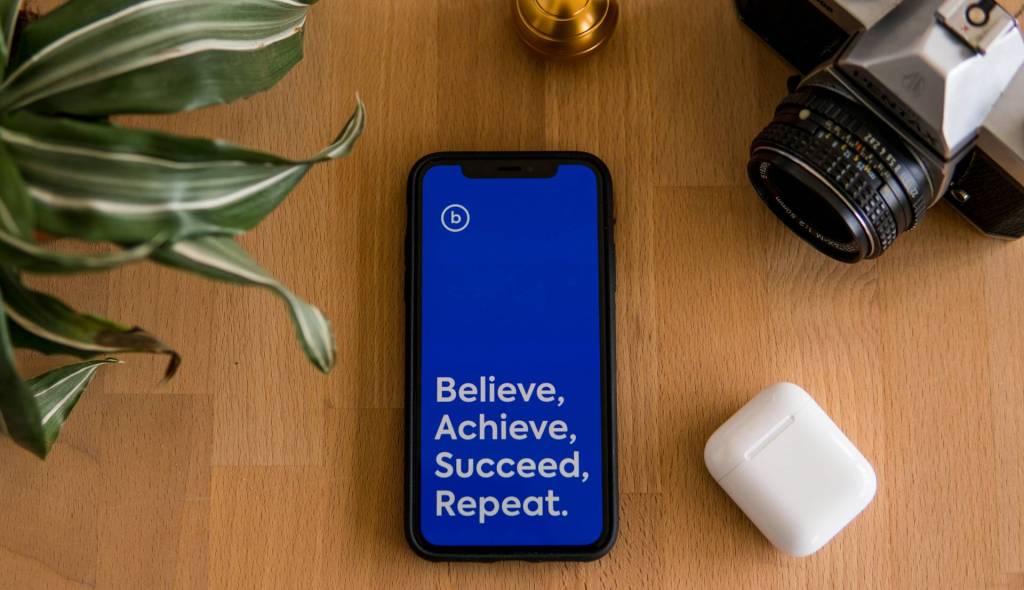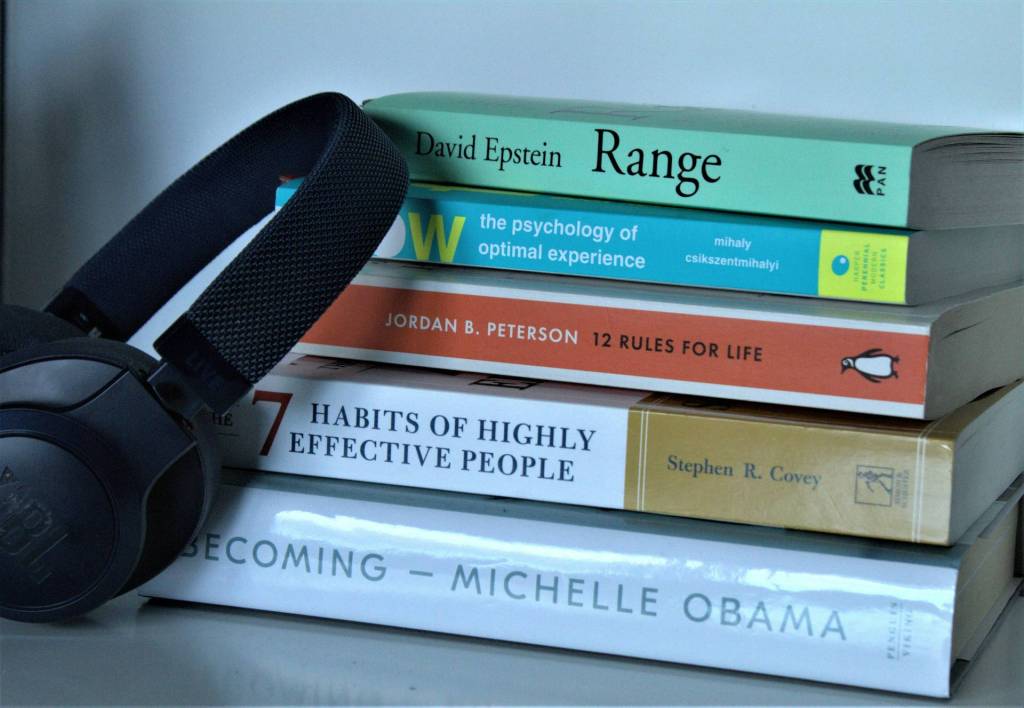You probably like to hear your name favorably called out. Well, so do others. People never forget that you remembered.
It’s funny; the same guy who says he can’t remember names remembers the Tennessee/Florida football game score in 1991 or the wine he drank in Tuscany two summers ago. Why does he remember the score? He watched the game so he heard the score (over and over). He talked about it with his buddies after the game, repeating the score. He read the newspaper articles about the game the next day, seeing the score again.
Why did he remember the name of the wine? He read the label when it was placed on the table, sniffed the cork, maybe even saved the cork and soaked the label off for his scrapbook. Later he shopped for that specific wine at the market, repeating the name to the clerk. The steps required to remember anything are hear it, repeat it, read it, use it.
To remember names, it is first of all important to make sure you hear it. As one person said, “As soon as he told me his name it went in one ear and the other.” Despite the fact you have a million different things going on in your head, have the person’s name go in one ear and stay there.
When you introduce yourself to others, you generally hear only your own name. No wonder you don’t remember theirs. When they say it, right then clarify the pronunciation if it’s unusual and verify it. “What is your name, again, slowly?” Or if you heard it clearly the first time, “It’s Seth, right?” To further associate the person and the name you can ask a question such as “How do you spell that?” “Is that a family name?” or “What inspired that name?” If there is a story, people like to tell it.
Some people are particularly sensitive about the pronunciation of their names. People named Susan don’t like to be called Suzanne. Elaines don’t want to be called Eileen. Kathays don’t want to be called Kathy. Michaels may not like Mike, just as Roberts may not like Bob, and so on. It takes a little effort to get it right, so do.
If you get the person’s business card, look at it and read the name. Tying the visual with the audible doubles your chance of remembering. Add a note on the back about something you learned about the person in the conversation, the “do list” item you want to follow-up with for the person, or some distinguishing characteristic.
What works best for me is to visualize the spelling of the name, letter by letter. I usually remember faces with no problem, so it’s about trying to visualize the name written next to the face, says Yvonne Hao.
Use the person’s name to introduce him or her to another person. State the second person’s name clearly, so it increases the chance of the first person hearing and remembering it also.
When I’m walking my dog on the bike path and people stop, chat, and bend down to pet him, I’ll volunteer, “His name is Scooter,” and inevitably the person will say, “Scooter, you’re a good dog… or Scooter you’re a cute dog.” And when we depart, they’ll usually say “Good-bye Scooter.” Then weeks later I’ll run into the same people and they’ll say, “Hi Scooter.” They remembered the dog’s name because they repeated it so many times.
When you meet a person again, volunteer your name to make it easy on them whether you do or don’t remember theirs. Preferably you can say, “Roger, nice to see you, Debra Benton,” as you extend your hand to shake with a smile on your face. If you can’t remember his name, you can say, “Hello, I’m Debra Benton,” pause and shake. He’ll likely volunteer his name. This time make sure you register his name in your memory so you do remember next time.
If you’re with someone who can’t remember the name of someone you are both meeting, you can be the one to initiate an introduction with, “I’m Debra Benton, this is my friend Kristie.” Then pause and let the person say his name. You end up making it easier and smoother for both of them (a two-for-one maintaining of esteem!).
By the way, at a meet and greet when you wear a nametag, place it on your right shoulder, not your left. It’s easier to read when people shake hands with you because they can see it and therefore remember. I saw a man in a wheelchair put his nametag on his hat to make it easier to read. The worst are name tags on neck chains that hand around your chest of drop below; if you are a well-endowed female this causes men and women to study your bust area to see your name.












